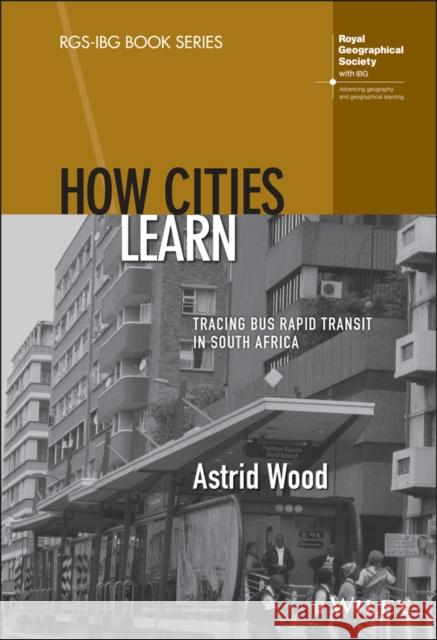How Cities Learn: Tracing Bus Rapid Transit in South Africa » książka
topmenu
How Cities Learn: Tracing Bus Rapid Transit in South Africa
ISBN-13: 9781119794271 / Angielski / Twarda / 2022 / 208 str.
How Cities Learn: Tracing Bus Rapid Transit in South Africa
ISBN-13: 9781119794271 / Angielski / Twarda / 2022 / 208 str.
cena 290,87
(netto: 277,02 VAT: 5%)
Najniższa cena z 30 dni: 289,67
(netto: 277,02 VAT: 5%)
Najniższa cena z 30 dni: 289,67
Termin realizacji zamówienia:
ok. 30 dni roboczych
Dostawa w 2026 r.
ok. 30 dni roboczych
Dostawa w 2026 r.
Darmowa dostawa!
Kategorie BISAC:
Wydawca:
Wiley
Seria wydawnicza:
Język:
Angielski
ISBN-13:
9781119794271
Rok wydania:
2022
Numer serii:
000360433
Ilość stron:
208
Waga:
0.45 kg
Wymiary:
22.86 x 15.24 x 1.27
Oprawa:
Twarda
Wolumenów:
01
Dodatkowe informacje:
Bibliografia











